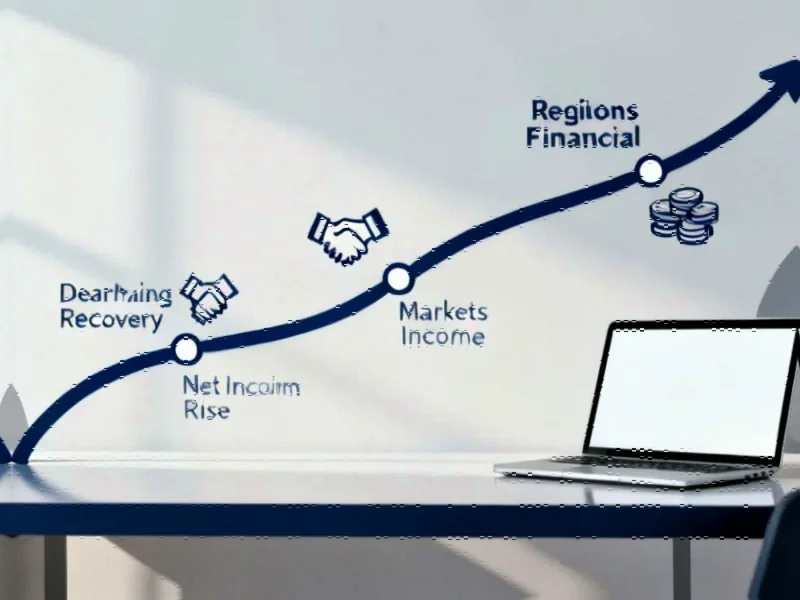According to Forbes, Tesla faced significant headwinds in Q3 with net income declining 37% despite revenue growth, largely due to the abrupt end of EV tax credits that created demand pull-forward effects. Meanwhile, Nvidia navigated complex U.S.-China trade restrictions through pragmatic leadership and strategic adaptation, contributing to its stronger market performance with shares up 40% year-to-date compared to Tesla’s 7%. This contrast between the two tech giants highlights how leadership approaches can dramatically influence regulatory outcomes and market perception.
Table of Contents
Understanding the Regulatory Landscape
The fundamental difference between these companies lies in their core regulatory dependencies. Tesla’s business model has been heavily reliant on government incentives since its inception, with electric vehicle adoption historically tied to tax credits and regulatory frameworks. These incentives weren’t just nice-to-have benefits – they were structural components of Tesla’s growth strategy and profitability calculations. Meanwhile, Nvidia operates in a different regulatory arena where national security concerns rather than environmental policy drive restrictions. The company’s AI chips represent critical infrastructure in the global technology race, making their export controls a matter of strategic national interest rather than domestic policy preference.
Critical Analysis of Leadership Approaches
What’s particularly revealing is how each CEO’s communication style reflects their understanding of political capital. Elon Musk’s public confrontations with political leaders represent a fundamental miscalculation about how policy gets made in Washington. Regulatory decisions, especially those involving tax credits and incentives, are rarely set in stone and often involve ongoing negotiations between industry stakeholders and policymakers. By taking disputes public, Musk effectively limited his ability to influence outcomes through traditional lobbying channels. In contrast, Jensen Huang’s behind-the-scenes approach demonstrates a sophisticated understanding that regulatory victories are often won quietly, through persistent engagement and framing arguments in terms of national interests rather than corporate demands.
Industry Impact and Market Perception
The market’s divergent treatment of these companies reveals how investors now price in “leadership risk” alongside traditional financial metrics. Tesla’s volatility isn’t just about production numbers or delivery targets – it’s about the unpredictable nature of Musk’s public statements and their potential to alienate key stakeholders. Meanwhile, Nvidia’s steady performance reflects confidence in Huang’s ability to navigate complex geopolitical waters without creating unnecessary controversies. This distinction matters profoundly in today’s market environment, where regulatory scrutiny of big tech is intensifying across multiple jurisdictions. Companies that can demonstrate consistent, predictable engagement with regulators are increasingly valued at premium multiples compared to those with volatile leadership approaches.
Strategic Outlook and Future Challenges
Looking forward, both companies face escalating regulatory challenges that will test their leadership approaches further. For Tesla, the end of federal EV credits is just the beginning of a more challenging phase where the company must compete without significant government support. The real test will be whether Musk can recalibrate his engagement strategy to rebuild relationships with policymakers across the political spectrum. For Nvidia, the China challenge represents an ongoing strategic dilemma that requires continuous adaptation rather than one-time solutions. The company’s “China zero” baseline approach represents smart risk management, but also acknowledges the reality that geopolitical tensions aren’t likely to diminish soon. Both companies demonstrate that in today’s interconnected global economy, technological brilliance alone isn’t sufficient – the ability to navigate political complexity has become an equally critical executive skill.



